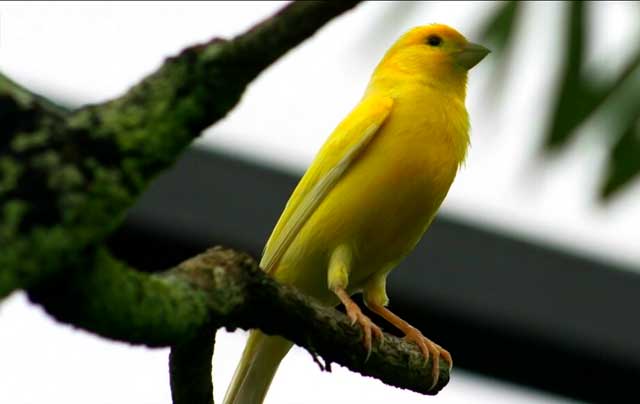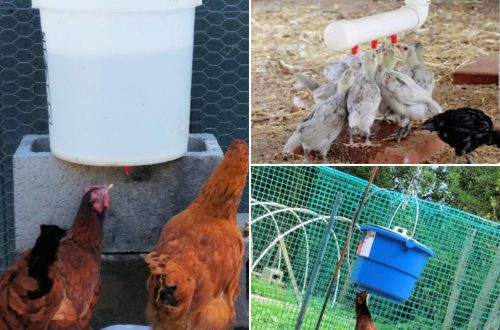Ki kote kanari ap viv: istwa distribisyon kanari yo
“Where do canaries live in nature?” – this question is asked by many. People are used to the fact that the cage is a familiar home for this bird. And it’s hard to imagine that such a pampered creature lives anywhere else in the wild. Meanwhile, it is! Let’s try to find out in more detail where this bird lives.
Where canaries live: history spread of canaries
Ancestor familiar to us home canary – finch canary. Its main area habitats were originally Canarian and Azores and the island Madeira. That is, the area near the western African coasts. Actually, Canary Islands and served as a source bird names inspiration. But, as we know, there is also a European wild subspecies of these birds. So how did he get to the mainland?
Happened it is in the 1478th century. Namely, in XNUMX – then landed on the Canary Islands Spaniards. The goal was simple – to expand their colonial possessions. At the same time and see what’s interesting take from this place.
And among those phenomena that attracted the attention of the Spaniards was the singing of cute bright birds. Despite the fact that the birds did not survive captivity very well at that time, the locals already at that time tried to domesticate them.
INTERESTING: However, the Spanish guests were fascinated by the singing of a wild canary rather than a domestic one. For, as the naturalist named Bolle wrote, nature leaves a special imprint on roulades.
It was noted that the sounds of wild songbirds are more sonorous, clean – in the air simply sound is lost. А chest sounds are much more impressive stronger! local residents, remarkably, tried make their pets learn the singing of wild brethren.
Spanish so delighted with the canaries, that for 100 years they considered themselves the only people who have the right to take such singers outside their usual habitat. enchanted conquerors and the voice of birds, and color. Colours songbirds when spring comes, and the truth astounded by their brilliance. And Spaniards exported most often males as the most vociferous representatives of its kind.
Exist the story that the Spanish ship, transporting canaries, crashed in the Malta area. Someone from the ship’s crew managed to open the cages – and the birds flew out from there, settled in Malta, crossed with local birds. And their offspring turned out to be no less beautiful and vociferous, than parents.
Following Spain, canaries migrated to Italy, and then to Germany. It happened at the very beginning of the XNUMXth century. In Germany, these songbirds especially took root. Now the canary, called “European wild”, lives in Eastern Europe up to the western regions of Belarus, Ukraine. Even the Leningrad region and the Baltic states obeyed this feathered one. True, it is believed that European birds are not as melodious as their more southern counterparts.

How wild canaries live: their habitat today
А now let’s talk in schematic easy to perceive the format of what is life of a canary in natural conditions:
- More explorers in past centuries wrote about where canaries live. According to the works already mentioned here Bolle, shady forests are not for canaries like. But forest plantations that are not differ in special density, they are quite fit. The edge of some grove, an abundance of shrubs – here is a bright the songstress is quite possible to meet. Especially canaries love gardens nearby human habitation. But they also like sand dunes very much. It is believed that the optimal height of the place habitat for canaries – 1500 m above sea level.
- Why Are dense forests not suitable? It stands here remember what these birds have food. It is mainly vegetable – seeds, herbs, weeds, various fruits. Sometimes Insects can also be used as food. Feathered birds find food on the ground among other vegetation. Naturally, dense tree crowns are undesirable nearby – they will give a completely unnecessary to search for food shade.
- love canaries are also an area with small ponds, streams. Bathing is their passion. By the way, she passed and domesticated canaries.
- High trees, as already mentioned, birds don’t need it. They are used to nesting at a height of about 3-4 meters. Speaking of nesting: the nest consists of mosses, stems, fluff. That is, one of these components must certainly be present nearby. And also a bush or the tree should be at least a little hidden behind its foliage is such a nest.
- Important as well as temperature. overwhelming most canaries like medium mode – such that there is no heat, but so that it doesn’t get cold. Except that, some European birds adapted to low temperatures – red-faced finch, for example. А so basically it is considered optimal range from +16 to +24 degrees. Time their egg laying is March, April, as well as May. So it’s too cold spring is undesirable.
The canary is loved by many people as a cute pet. We hope that the fans of these birds were interested in learning about how it is customary for them to live in natural conditions.





